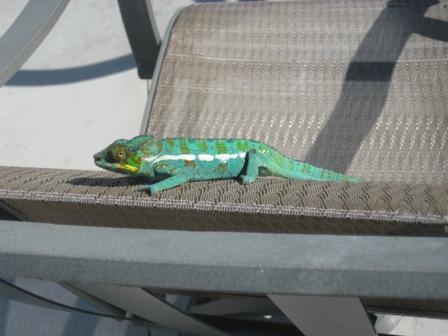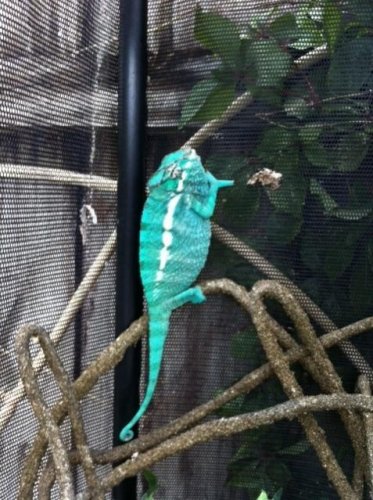owenyeconiel
New Member
Looks like a Nosy Be to me. The have got red eyes every now and then.
so when he 1 years old or more he will turn to blue or stay blue-green like this? i see he is kinda green now. or optical illusion? haha,idk exactly its a blue or green.








